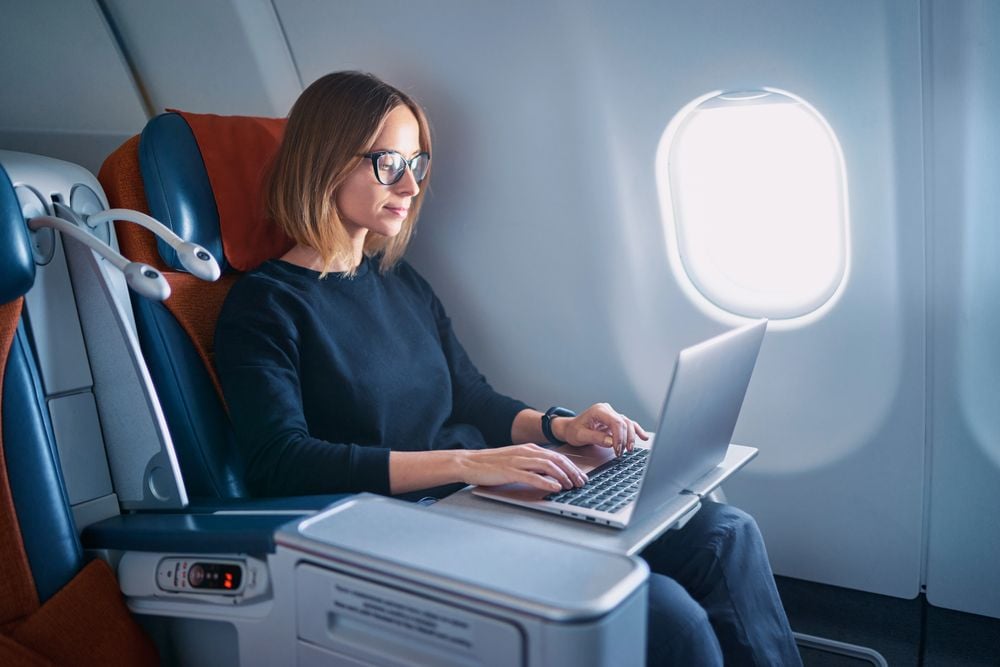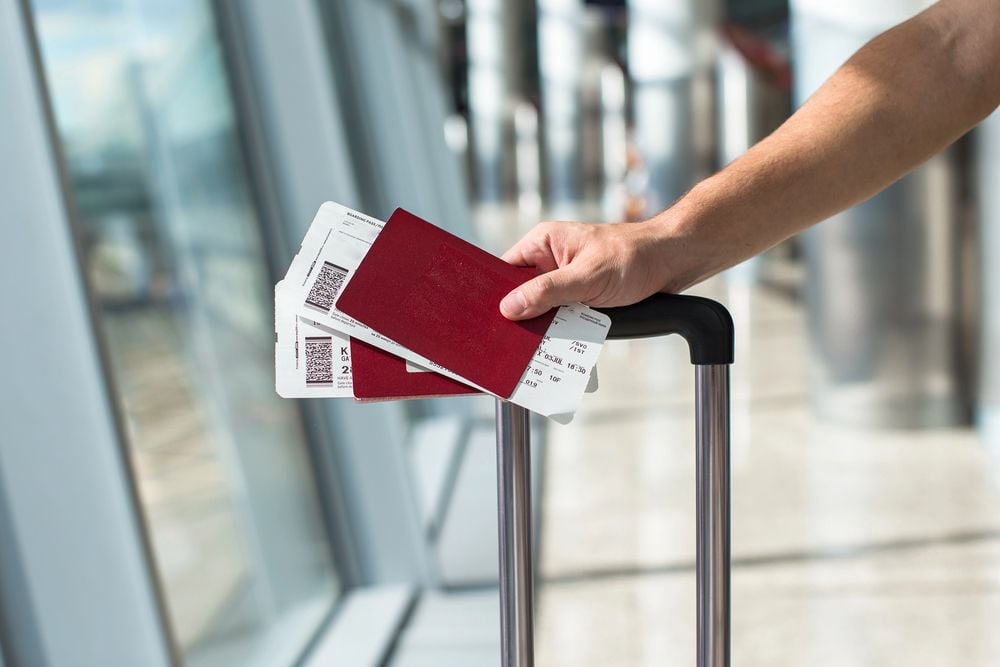Hidden Reason Airlines Ask You to Put Your Phone on Airplane Mode — And It’s Not What You Think
We’ve all done it — settled into a window seat, glanced at the safety card with half-interest, and tuned out the reminder to switch our phones to airplane mode. What’s the harm, right? After all, there’s no scene in a disaster movie where a rogue smartphone brings a jetliner down.
However, there’s a catch: using your phone on cellular mode during a flight could still cause issues, but not the kind you see in the movies.

But what issues? – Well, here are the experts’ insights on this matter.
Myth-Busting at 35,000 Feet
First, let’s get something clear: your smartphone won’t cause a plane to nosedive. Veteran pilot and flight instructor Gary Coxe, who’s clocked over 7,000 hours in the air, says it plainly: “Not a darn thing happens.” The myth that mobile phones disrupt aircraft control systems is outdated.
So why do airlines still insist on airplane mode?
The Hidden Distraction You Didn’t Know About
Turns out, it’s not the plane’s navigation systems that are at risk, it’s the pilot’s peace of mind.
According to a commercial pilot and U.S. Army veteran who goes by PerchPoint on TikTok, the problem is radio interference. He states in one of his videos that when phones stay in regular mode, especially during flight, they continuously search for a signal.
Therefore, this means your phone is constantly sending out radio waves in the process. When enough people do this on a flight (think three or four on a Boeing 737), the result is a low-level but persistent buzz in the pilots’ headsets.
Now imagine dealing with that while flying blind through fog or landing in a storm.
When Focus Matters Most
Takeoff and landing aren’t just dramatic moments in movies; they’re the two most crucial phases of flight. Visibility is often limited, and pilots rely almost entirely on-air traffic control to navigate safely. Every instruction matters. Every second counts.
So, if a pilot hears crackling instead of a command? It’s not catastrophic. But it’s a distraction, and in aviation, distractions can be dangerous.
What Does The Regulatory Fine Print Say?
Back in 1991, the Federal Communications Commission (FCC) banned in-flight cell phone use after confirming that mobile signals could interfere with sensitive aircraft instruments. Fast forward to 2013, and the FCC acknowledged that new onboard tech could prevent such interference — meaning in some cases, limited phone use became possible again, as long as it was in airplane mode.

So, Why Does Airplane Mode Still Matter?
Well, despite the advancements, the Federal Aviation Administration (FAA) still advises caution. There’s never been a confirmed accident linked to phone interference, but that doesn’t mean the risk is zero. Pilots and flight crews still report audio interference when phones are left active, and when your office is 30,000 feet in the air, clarity is non-negotiable.
Also It’s Not Just About the Plane — It’s About People
Switching your phone to airplane mode isn’t just about following rules — it’s a small act of courtesy. It shows respect for the flight crew and the systems they depend on to keep you safe. Plus, it helps your device too: airplane mode stops your phone from burning through battery while it searches endlessly for a signal it can’t find.
And let’s be real — maybe we could all use a moment to unplug.
Bottom Line
So, no — the plane won’t crash if you forget airplane mode. But a little static in a pilot’s headset at the wrong time could cause confusion, stress, or delays. In an environment where concentration can be the difference between routine and risky, why add noise?
And so, next time you’re flying, do your part. Tap that tiny airplane icon. Not because it’s mandatory — but because it matters more than you think.






